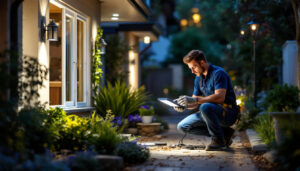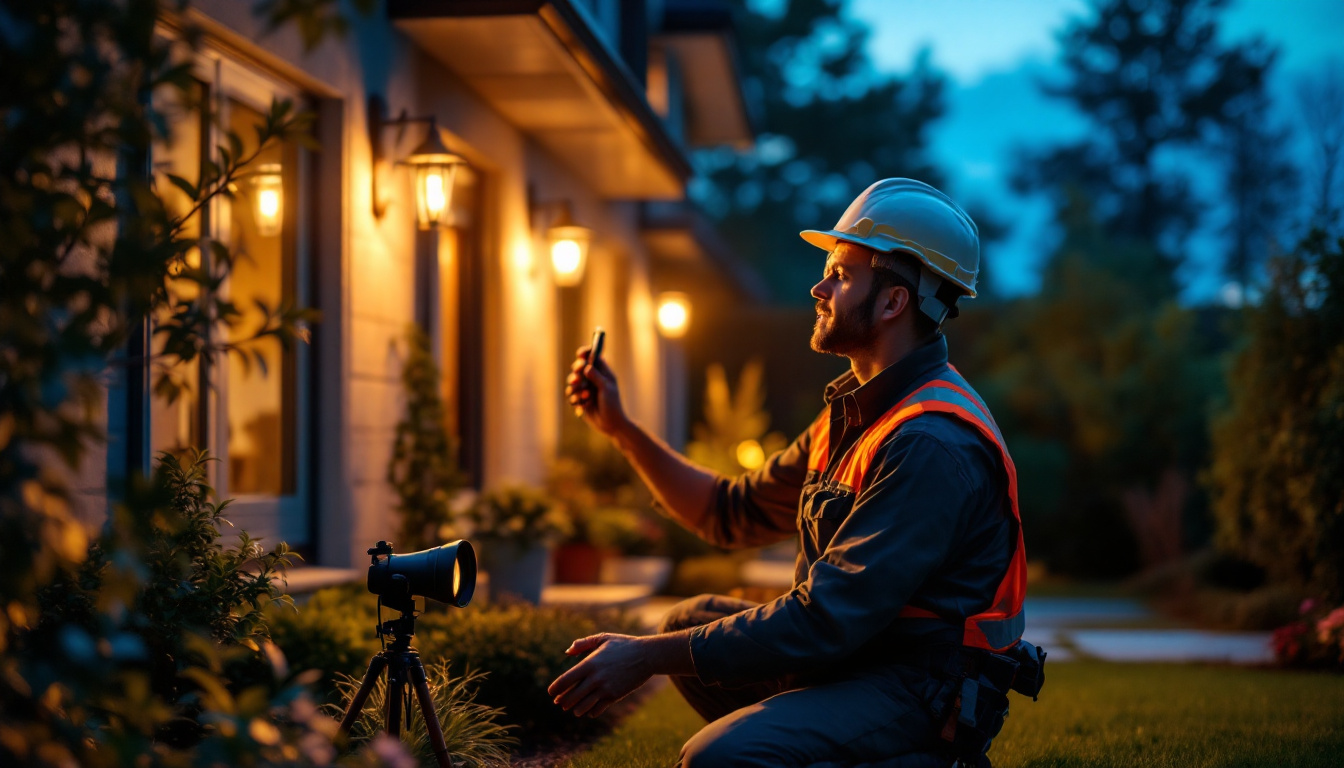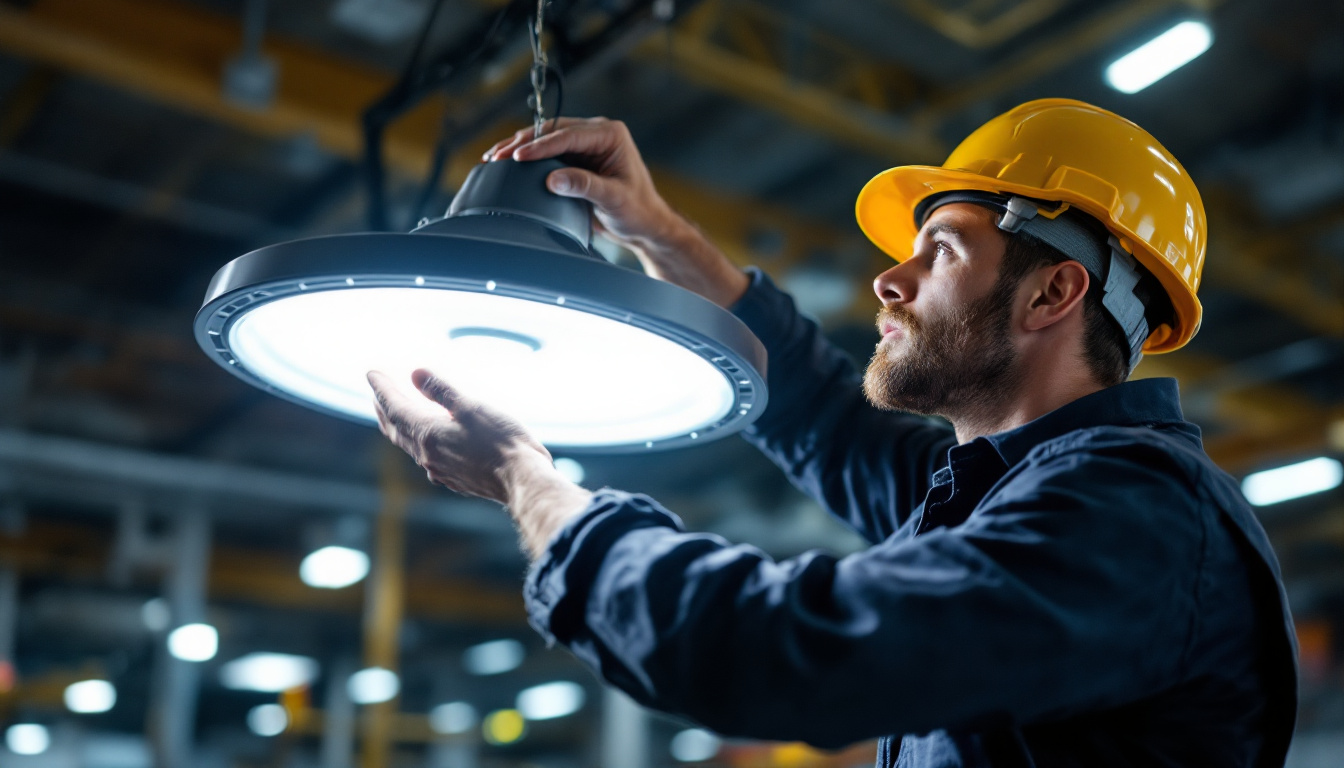

As outdoor lighting continues to evolve, the importance of choosing the right flood bulbs cannot be overstated. Lighting contractors play a crucial role in ensuring that outdoor spaces are not only illuminated effectively but also aesthetically pleasing. This article will delve into the essential do’s and don’ts for lighting contractors when it comes to outdoor flood bulbs, providing insights that can enhance both the quality of projects and client satisfaction.
Outdoor flood bulbs are designed to provide a wide beam of light, making them ideal for illuminating large areas such as yards, driveways, and commercial properties. They come in various types, including LED, halogen, and incandescent, each with its unique characteristics and applications. Understanding the differences between these types is essential for making informed decisions that meet client needs.
LED flood bulbs are increasingly popular due to their energy efficiency and long lifespan. They consume significantly less power than traditional incandescent bulbs while providing the same amount of light, making them an environmentally friendly choice. Additionally, LED technology has advanced to offer a variety of color temperatures, allowing users to select a warm or cool light depending on the desired ambiance. This versatility makes LED flood bulbs suitable for everything from enhancing outdoor gatherings to providing security lighting around a property.
Halogen bulbs, on the other hand, offer a bright, white light that is ideal for highlighting architectural features. They tend to have a shorter lifespan compared to LEDs but can be a suitable option for specific applications. Halogen bulbs also have the advantage of being dimmable, which allows for greater control over lighting levels, making them perfect for settings where mood lighting is essential, such as patios or outdoor dining areas. However, users should be aware that halogen bulbs can generate significant heat, which may be a consideration in enclosed spaces or during warmer months.
Lastly, incandescent flood bulbs are the traditional choice, known for their warm light quality. However, they are less energy-efficient and have a shorter lifespan, making them less favorable in modern installations. Despite these drawbacks, many people still appreciate the familiar glow of incandescent lighting, particularly in residential settings where a cozy atmosphere is desired. Moreover, incandescent bulbs are often less expensive upfront, making them an attractive option for those on a tight budget, even if the long-term energy costs may be higher.
When choosing outdoor flood bulbs, it’s also important to consider factors such as brightness, measured in lumens, and the bulb’s weather resistance rating. Many outdoor flood bulbs are designed to withstand harsh weather conditions, ensuring they remain functional and effective regardless of the elements. Additionally, the placement and angle of the flood lights can significantly impact their effectiveness; strategic positioning can enhance security and visibility while minimizing light pollution. Understanding these aspects will help clients select the best flood lighting solution for their specific needs, ensuring both functionality and aesthetic appeal.
When working with outdoor flood bulbs, there are several best practices that lighting contractors should follow to ensure optimal performance and client satisfaction.
Before selecting flood bulbs, it is crucial to understand the intended purpose of the lighting. Are the bulbs meant for security, ambiance, or highlighting specific features? Each application may require different types of bulbs and placements to achieve the desired effect.
For instance, security lighting may benefit from brighter, more focused beams, while decorative lighting might require softer, warmer tones. Assessing the client’s needs will guide the selection process and enhance the overall effectiveness of the lighting design.
Color temperature is a vital aspect of outdoor lighting that can significantly impact the ambiance of a space. Measured in Kelvin (K), color temperature can range from warm (around 2700K) to cool (upwards of 5000K). For outdoor settings, a color temperature between 3000K and 4000K is often recommended.
Warm white light creates a welcoming atmosphere, ideal for residential areas, while cooler temperatures can provide a more modern, crisp look suitable for commercial spaces. Understanding these nuances will help contractors make informed decisions that align with client preferences.
Placement and angling of flood bulbs are critical for achieving the desired lighting effect. Positioning bulbs too low or too high can lead to undesirable shadows or insufficient coverage. A general rule of thumb is to install flood lights at a height that allows for a broad spread of light without creating harsh glare.
Additionally, angling the bulbs correctly can help minimize light pollution and ensure that the light is directed where it is needed most. Conducting a lighting plan that includes mock-ups or simulations can be beneficial in determining the optimal placement.
While there are many best practices to follow, there are also common pitfalls that lighting contractors should avoid when working with outdoor flood bulbs.
In an era where energy conservation is paramount, overlooking energy efficiency can have significant repercussions. Clients are increasingly aware of energy costs, and selecting inefficient bulbs can lead to higher utility bills and dissatisfaction.
Opting for LED flood bulbs not only reduces energy consumption but also minimizes maintenance costs due to their longer lifespan. Educating clients about the benefits of energy-efficient options can also enhance the contractor’s reputation as a knowledgeable professional.
Every region may have specific regulations regarding outdoor lighting, particularly concerning light pollution and energy use. Ignoring these regulations can lead to fines and require costly adjustments after installation.
Contractors should familiarize themselves with local codes and guidelines before commencing a project. This knowledge not only ensures compliance but also demonstrates professionalism to clients, fostering trust and reliability.
While budget constraints are a reality in many projects, skimping on the quality of flood bulbs can lead to poor performance and dissatisfaction. Low-quality bulbs may flicker, burn out quickly, or fail to provide adequate illumination.
Investing in reputable brands and high-quality products pays off in the long run, as it reduces the need for replacements and repairs. Clients will appreciate the durability and performance of quality lighting solutions, leading to positive referrals and repeat business.
Proper installation is key to ensuring that outdoor flood bulbs function effectively and safely. Following best practices during the installation phase can prevent issues down the line and enhance the overall quality of the lighting project.
Choosing the right fixtures for outdoor flood bulbs is essential for both aesthetics and functionality. Fixtures should be weather-resistant and designed to accommodate the specific type of bulb being used. This ensures that the bulbs are protected from the elements, prolonging their lifespan and maintaining performance.
Additionally, using fixtures that allow for easy bulb replacement can save time and effort in the future. Contractors should consider the ease of access when selecting fixtures, particularly for installations in hard-to-reach areas.
Wiring is a critical component of any lighting installation. Ensuring that wiring is done correctly not only enhances safety but also improves the performance of the lighting system. Using outdoor-rated wiring and connectors is essential to withstand environmental conditions.
Moreover, employing techniques such as proper grounding and securing wires can prevent electrical hazards and ensure that the lighting operates smoothly. Contractors should adhere to electrical codes and best practices to guarantee a safe installation.
Before completing a project, conducting thorough testing of the outdoor flood lighting system is crucial. This includes checking the functionality of each bulb, ensuring that the light distribution meets expectations, and verifying that there are no flickers or inconsistencies in illumination.
Testing should also encompass evaluating the system during different times of the day to assess its performance under various conditions. Addressing any issues before finalizing the project can prevent complications and enhance client satisfaction.
Effective communication with clients is paramount throughout the process of selecting and installing outdoor flood bulbs. Educating clients about their options, maintenance, and the benefits of specific products can foster a positive relationship and lead to successful outcomes.
Engaging clients in discussions about their preferences and needs is essential. Presenting them with various options, including different types of bulbs, color temperatures, and fixture styles, allows clients to make informed decisions that align with their vision.
Moreover, understanding their concerns and preferences can help tailor the lighting design to meet their expectations. This collaborative approach not only enhances client satisfaction but also positions the contractor as a trusted advisor.
Once the installation is complete, providing clients with maintenance guidance is crucial for the longevity of the outdoor flood lighting system. Educating them on how to care for their bulbs, including cleaning and replacement schedules, can prevent issues and ensure optimal performance.
Additionally, offering periodic maintenance services can be an excellent way for contractors to build long-term relationships with clients and ensure that their lighting systems remain in top condition.
Outdoor flood bulbs play a significant role in enhancing the safety, security, and aesthetics of outdoor spaces. By adhering to the do’s and don’ts outlined in this article, lighting contractors can ensure that their projects are successful and meet client expectations.
From understanding the various types of bulbs to ensuring proper installation and client communication, each aspect contributes to the overall quality of the lighting design. By prioritizing energy efficiency, compliance with regulations, and high-quality products, contractors can build a reputation for excellence in the lighting industry.
Ultimately, the goal is to create outdoor spaces that are beautifully illuminated and functional, leaving clients satisfied and eager to recommend the contractor’s services to others.
Ready to elevate your lighting projects with the highest quality outdoor flood bulbs? At LumenWholesale, we provide lighting contractors like you with spec-grade lighting solutions that combine quality, affordability, and convenience. Say goodbye to local distributor markups and hello to our extensive selection of top-tier, energy-efficient lighting products at wholesale prices. Plus, with free shipping on bulk orders, you can stock up on the best lighting options without any hidden fees. Don’t compromise on your lighting needs—choose LumenWholesale for superior performance and unbeatable value. Wholesale Lighting at the Best Value is just a click away.

Discover why purchasing wall sconces in bulk from local distributors might not be the best choice.

Explore how UFO LED high bay lights are transforming the lighting industry and boosting contractors’ profits.

Discover essential insights and expert tips for lighting contractors on mastering porch light installations.

Discover why staying updated on the latest LED shop lights is crucial for lighting contractors.
Get notified when NEW deals are released.
Optimize your budget with wholesale discounts.
Only top-quality, specification-grade lighting products.
No additional costs at checkout - what you see is what you pay.
We understand the unique needs of contractors.